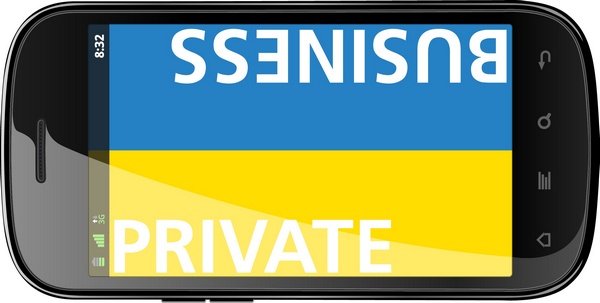The world's cheapest tablet computer, which
will be unwrapped on Wednesday, will go on sale in India starting
December, the maker of the device has said.
Created for use by
students, the tablet will first be made available to colleges at Rs
1,750 apiece ($35) although it costs Rs 3,000 to produce. The difference
will be subsidised by the government as part of an ambitious plan to
make information and communication technologies an integral part of
education.
The tablet, will run on Google's Android platform,
withWiFi connectivity for internet access and cloud storage. It will
have 256 MB of RAM, a 2GB SD memory card, a 32 GB expandable memory slot
and two USB ports.
A Canadian of Indian descent, Suneet Singh
Tuli, the chief executive of the company making the device, declined to
disclose its retail price, but said it will cost as much as "a
vegetarian meal for two at a five-star hotel in Delhi".
Tuli is the founder of Datawind, a UK-based company which also makes the PocketSurfer, a handheld device to surf the web.
"We wanted to show the world when China can break price points, India can do it better," Tuli said.
The
cheapest tablets available globally are at about $99 for an HP TouchPad
and $199 for Amazon's Kindle Fire. In India, tablets currently start
from $99 for Pepper, a tablet launched last month by Devraj group of
companies. The Wespro ePad is available at Rs 7,000.
From Laptop to Tablet
HCL
Pad based on Android sells for about 10,000. Bharti Airtel and Reliance
have also launched tablets priced about 10,000 and 13,000,
respectively.
The so-called $35 tablet being made by Datawind is a
brainchild of human resources minister Kapil Sibal and a team of
technologists from IIT Rajasthan.
The device is being launched
two years after it showed off a $10 computer, which turned out to be
little more than a storage device.
The $35 device was earlier slated to be a laptop, but it changed its form over the three years it was being created.
The
tablet will be assembled in India and the government will waive duties
to help minimise the cost of production. One lakh tablets have been
ordered initially and about a million pieces will be produced in the
next stage if the pilot works well.
The low internal memory, at
256MB, may make the tablet slow in accessing the already slow speeds of
internet in Indian colleges. Only about half the 25,000 colleges have
been linked to the internet under the government's National Mission of
Education. Out of these, less than 15% of the colleges have broadband
with speeds of at least 512 kbps.
Earlier, the government had
invited an expression of interest from Indian companies, but the tender
was issued afresh as earlier vendors were not being able to deliver at
the price point which the government wanted.
Gartner analyst
Vishal Tripathi said it will be difficult for others to meet the price
of $35 for retail sales. "The tablet is largely subsidised. We will wait
till launch to give a verdict," he said.
HCL Infosystems first
won the tender to make the tablets, but the deal fell through after the
company realised that it could not meet the price expectations of the
government.
